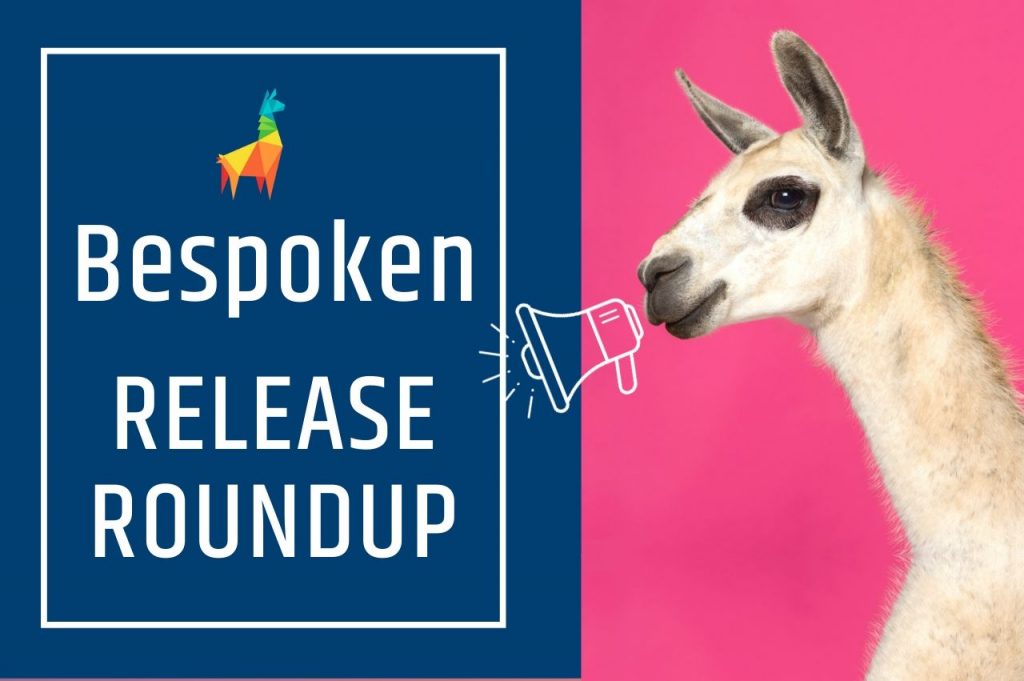Dashboard
New features and improvements
- Multiple tests support: It is now possible to add and run multiple tests on each of your voice app’s test page. This is a huge accomplishment for us since it aligns our test UI (Dashboard) with the capabilities of our CLI, and will be the foundation for many good things to come in the future. I’ll share more details on a coming blog post but, for now, take a quick look at how it works below and go try it for yourself!

Bug fixes
- Subscribed enterprise users can now see last month’s quota usage on their Billing page.
- The Monitoring History page is now displaying voice apps that are waiting for their first monitoring results.
Virtual Device
New features and improvements
-
RAW data response: Raw data from the voice platforms has been added in the response payload by default. Previously, it was only accessible after setting the "debug" property to true.
-
Audio payload support: As an alternative to sending text and audio with base64 encoding, it is now possible to use an audio URL when interacting with our virtual devices through their HTTP API. Read here to know how to do it.
Bespoken CLI
New features and improvements
- Improved messaging: We have updated next messages for clarity:
- Missing testing.json file. (skill-testing-ml#343)
- Errors happening within a filter. (skill-testing-ml#343)
- Create your first Virtual Device token URL. (bst#639)
- stopTestOnFailure for Twilio: The
stopTestOnFailureproperty now works with Twilio Virtual Devices too. The property will finish a test as soon as one assertion fails. (bst#638)
Bug fixes
- When all tests are skipped, the test reports will mark the test suite as Passed instead of Failure. (bst#638)
Others
IVR Docs
We have updated our documentation site by including instructions on how to perform end-to-end tests for IVR systems. You can read more about it here.


